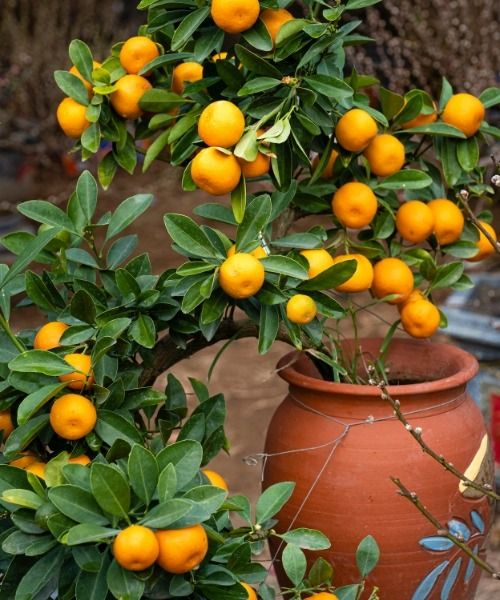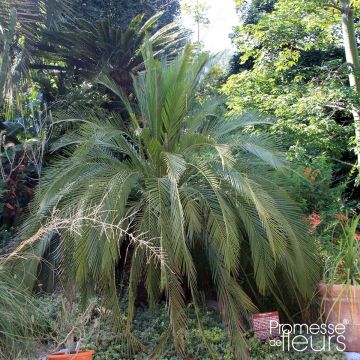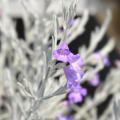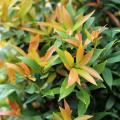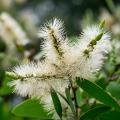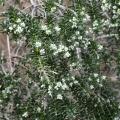Cycas
Would this plant suit my garden? Set up your Plantfit profile →
Available in 3 sizes
Available in 1 sizes
The genus Cycas has about sixty species, including Cycas revoluta, the Japanese Cycas, the best known and cultivated due to its ease of cultivation and maintenance. With its characteristic silhouette reminiscent of both a palm tree and a tree fern, the Cycas or sago palm is the quintessential exotic plant.
Belonging to the very ancient botanical family Cycadaceae, and the order Cycadales which includes Macrozamia, Dioon, and Encephalartos, this prehistoric plant has survived climate changes by taking refuge here and there in subtropical, tropical, or semi-arid regions from Madagascar to Southeast Asia, Australia, and the Pacific Islands.
In our latitudes, Cycas are mainly grown in pots, outside of the most sheltered coastal gardens. Only a few species such as C. guizhouensis, panzihuaensis, or C. moorei are commercially available. The cycas grows slowly and rarely exceeds 1.50m (5ft) in all directions in our climates. The plant has a characteristic silhouette: a sometimes branched, wide, short false trunk, covered with brown fibers and leaf scars, supporting a spreading crown of long, evergreen, glossy, stiff, and leathery leaves reminiscent of ferns. The Cycas is a dioecious plant, with male and female subjects. While its flowering is impressive, it is rarely observed in our climates.
Haven't found what you were looking for?

































